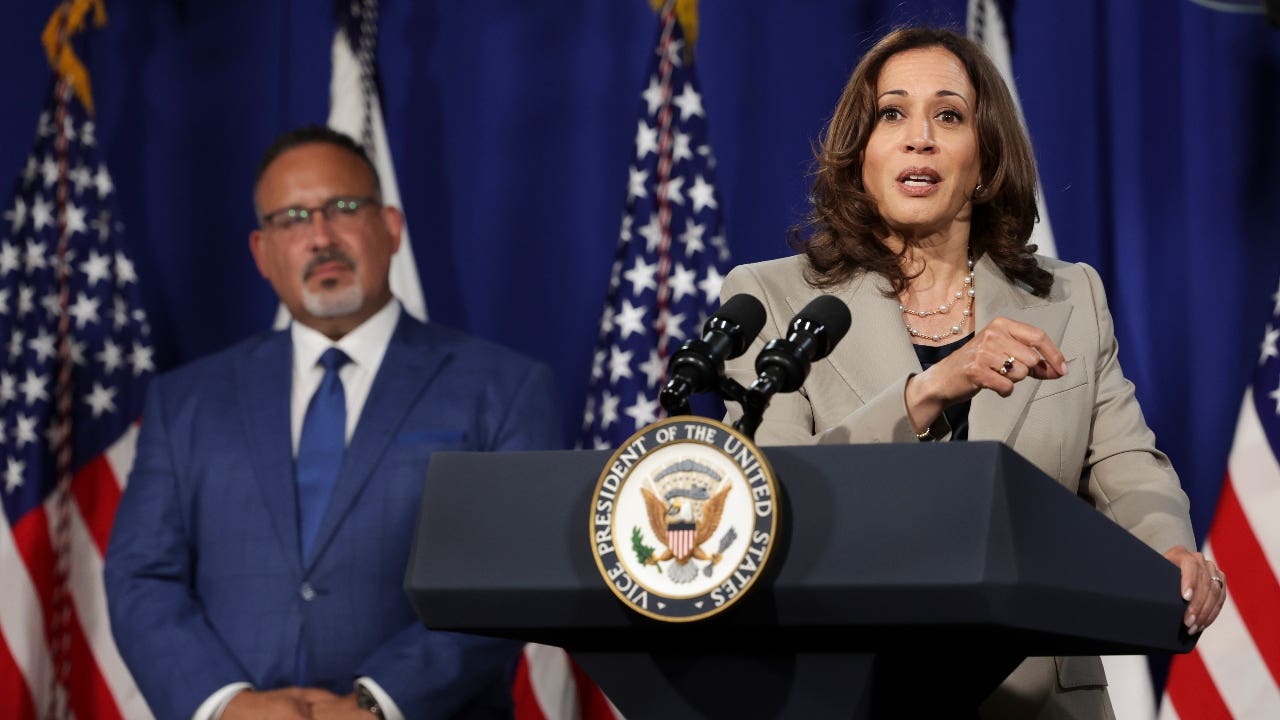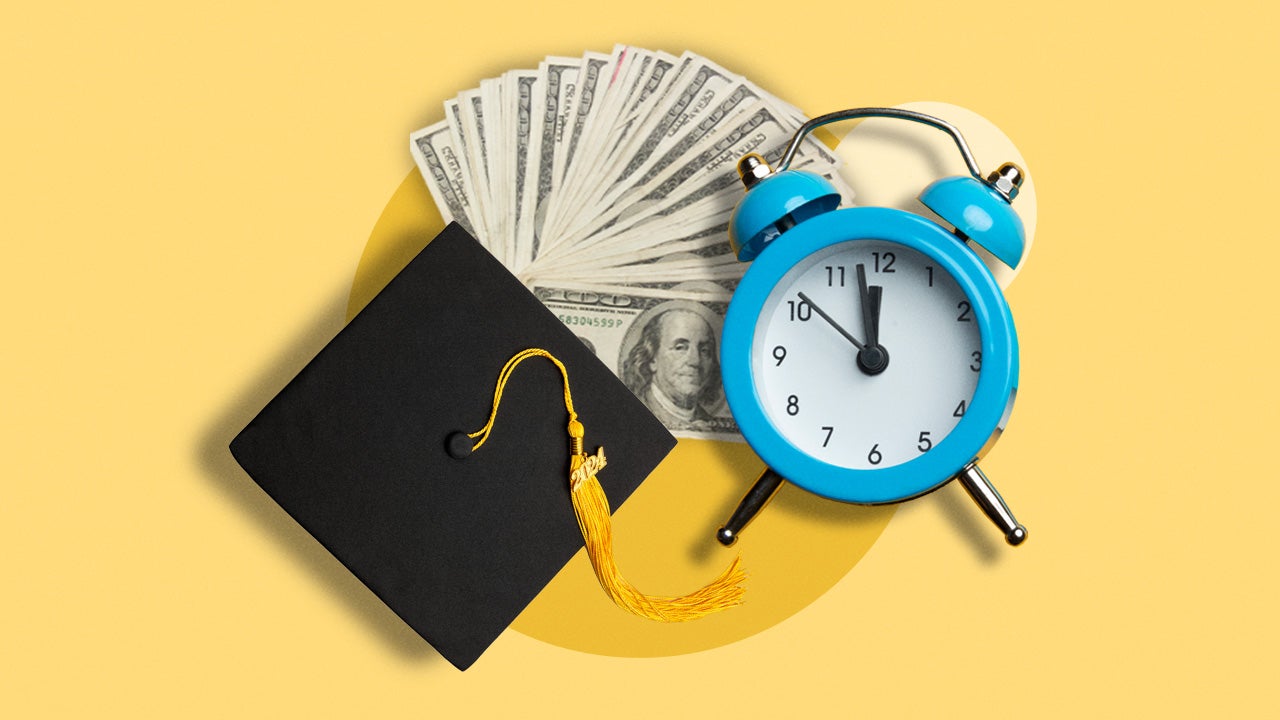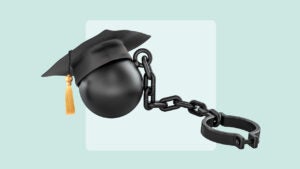Student loan payments paused for millions of SAVE borrowers

Breaking news
Millions of borrowers enrolled in Saving on a Valuable Education (SAVE) are poised to benefit both immediately and in August, thanks to upcoming changes to the payment formula. Borrowers who only have undergraduate debt will be automatically placed on a payment pause for July while the changes roll out. However, they’ll still get credit toward Public Service Loan Forgiveness or Income-Driven Repayment.
Even better: Beginning in August, these borrowers will see their required monthly payments cut in half. Borrowers who are unsure whether they qualify should check their email inbox for a notification from their servicer.
Millions of borrowers to get short-term payment forbearance as Biden administration makes changes to SAVE
Federal student loan servicers have been told to put certain SAVE borrowers under administrative forbearance for the month of July as the plan undergoes the regulated changes.
According to the administration, borrowers with only undergraduate loans could have their monthly payments under SAVE slashed in half come August because of a change in how their payments are calculated.
Currently, payments are set at 10 percent of a borrower’s discretionary income. The plan defines discretionary income as the difference between your income and 225 percent of the poverty guideline for your state and family size. Starting July 1, payments will be just 5 percent of their discretionary income.
Borrowers with graduate school debt may also benefit, although the payment reduction depends on their proportion of undergraduate to graduate debt.
The eligible borrowers were notified of their eligibility through email earlier this week. A U.S. Department of Education spokesperson told CNBC Make It earlier this week that some borrowers should see updated July billing statements.
Impacted borrowers will not need to make any payments toward their federal loans enrolled in SAVE through July. Interest will not accrue during this period and borrowers will still get IDR or Public Service Loan Forgiveness (PSLF) credit.
An ED spokesperson told CNBC that borrowers need not make additional payments in August. Those who qualify for a $0 monthly payment do not need to enter forbearance.
What this means for borrowers
SAVE is a repayment plan offered by the federal government. Only federal student loans are eligible and you must qualify based on the federal poverty guideline.
Compared to other repayment plans, SAVE is by far the most affordable. This is because income exemption is increased from 150 percent to 225 percent of the poverty line, allowing for significantly smaller payments than any other IDR plan.
Despite this, borrowers need to evaluate whether SAVE is the best option for their loans, even with the slashed payments.
“The goal isn’t necessarily to get the lowest payment,” says Betsy Mayotte, president of the Institute of Student Loan Advisors.
SAVE is designed to minimize your out-of-pocket payments, she explains. That’s great if you’re actively pursuing forgiveness through PSLF or another IDR plan. But if you have a fairly low student debt load or higher income, enrolling in SAVE could mean spending extra years making student loan payments. It might be better to make larger payments and clear your debt more quickly.
“Thankfully there’s a tool called the loan simulator tool on studentaid.gov that can help borrowers determine if SAVE is the best plan,” says Mayotte.
But act fast — the deadline to consolidate your federal loans and become eligible for a one-time payment count adjustment is June 30, 2024.
Why we ask for feedback Your feedback helps us improve our content and services. It takes less than a minute to complete.
Your responses are anonymous and will only be used for improving our website.
You may also like

Loan default rates and student loan repayment





